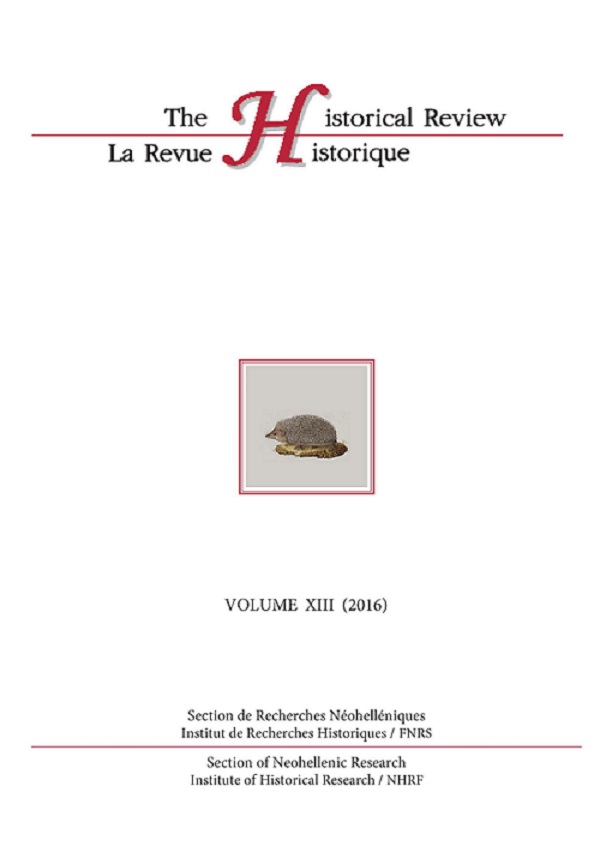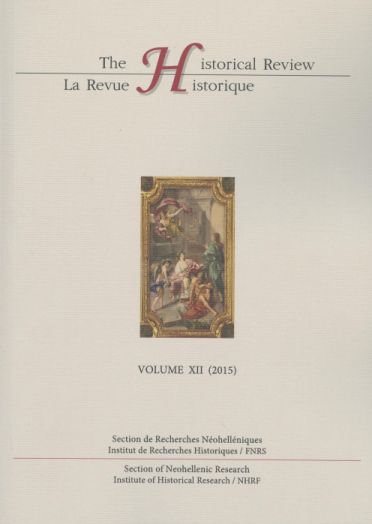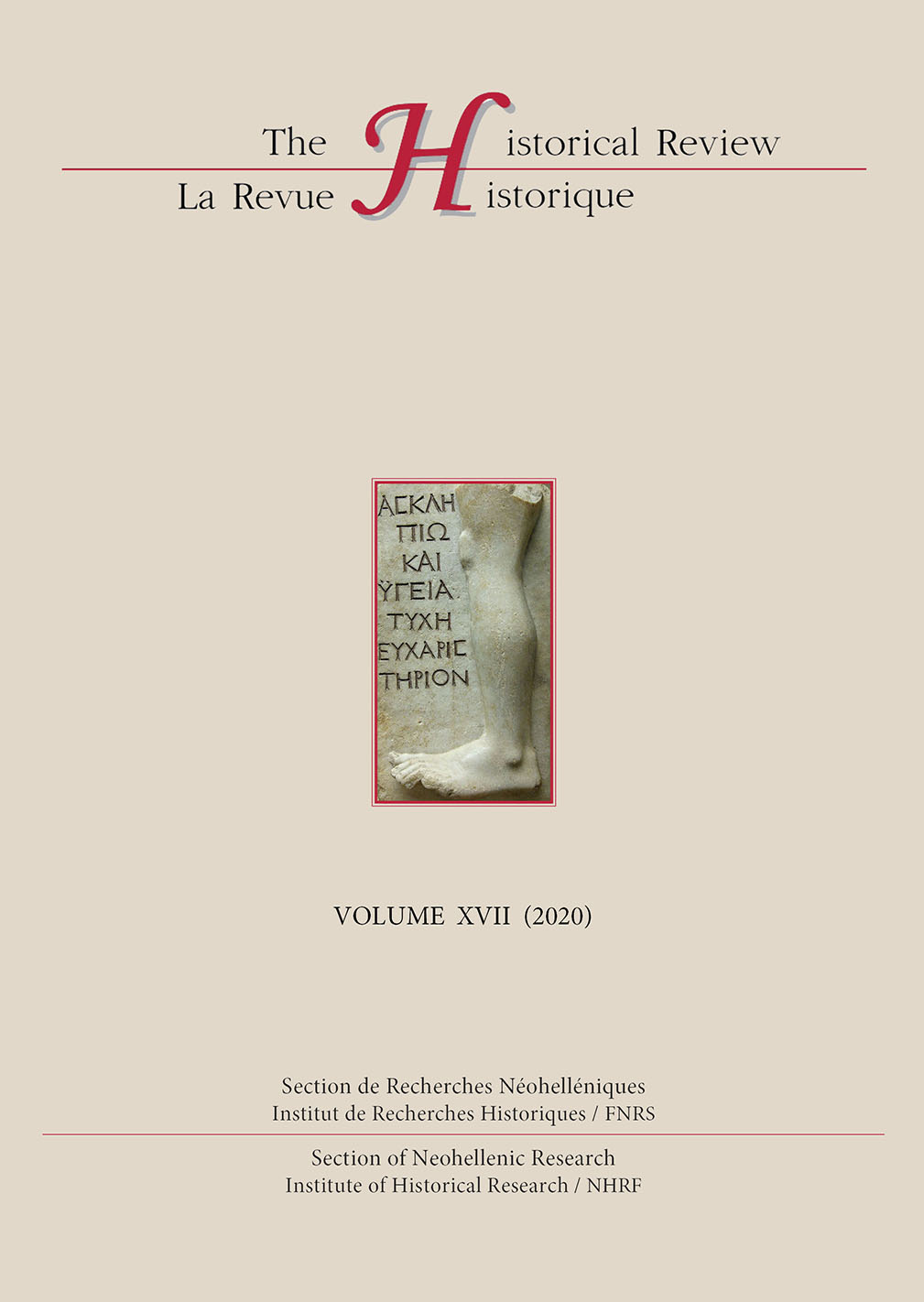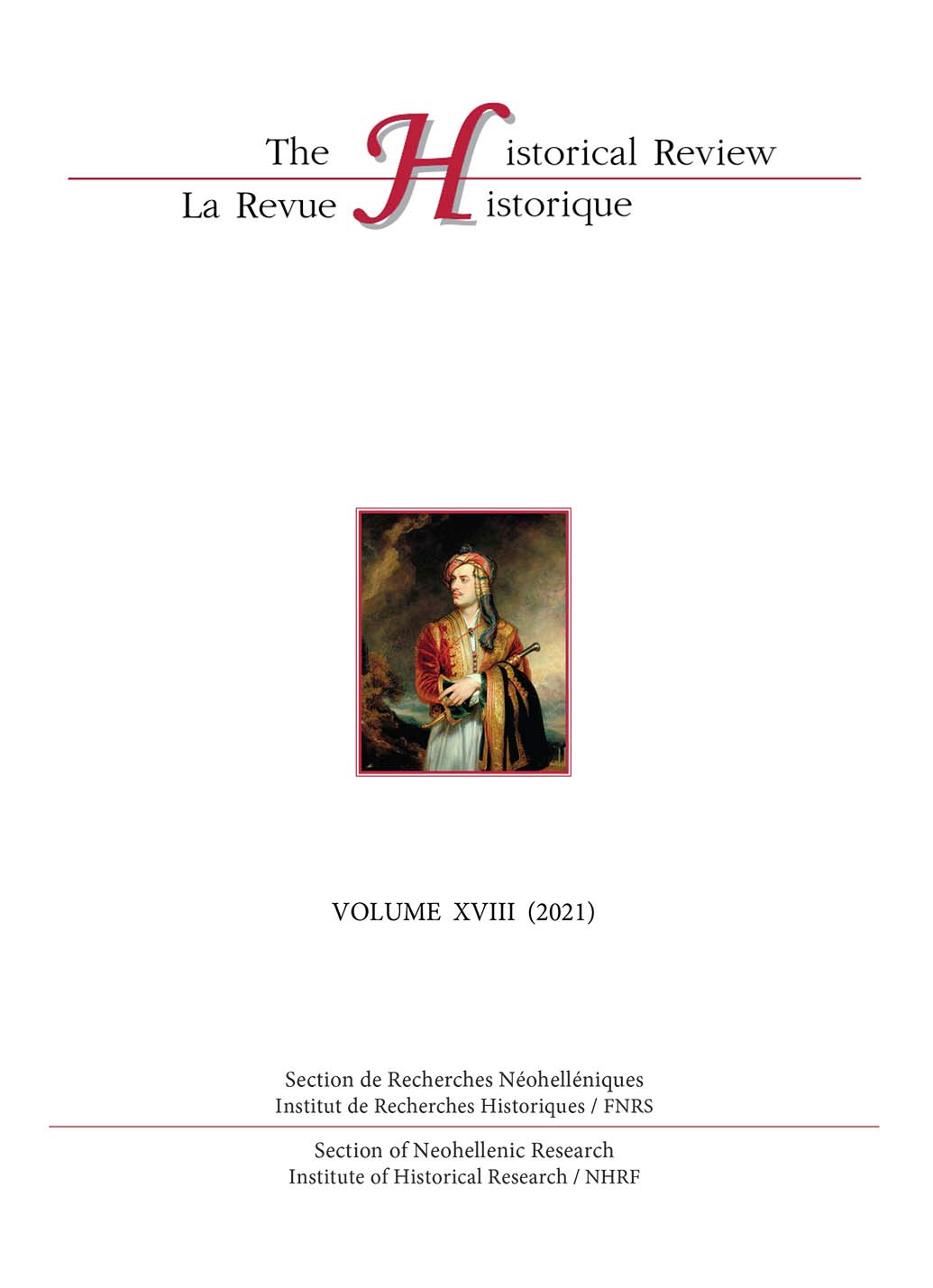"Pittura Romeica" in Italy: Artistic transfers across the Adriatic sea (18th - 19th centuries)
Abstract
The complex historical reality of the Adriatic region, an area located even today on the borderline between East and West, is reflected in the works of religious painting and in the painters’ geographical movements. The art of Orthodox regions was mainly influenced by Venice, but also by the rest of Italy, and, as a result, a unique art emerged in the Ionian Islands, which remained under Venetian control until the end of the eighteenth century. In the course of the eighteenth century, political and economic conditions contributed to the growth of the Orthodox communities in Italy. Their members were interested in the art of the country where they lived and prospered, but they simultaneously wished to preserve the “pittura romeica” in the decorations of churches and in the icons used for their personal worship. From Naples to the cosmopolitan Trieste, Orthodox painters, coming mainly from the Ionian Islands, produced artworks which were adapted to the new surroundings, thereby making the Adriatic region once again a privileged area for cultural exchanges.
Article Details
- How to Cite
-
Drakopoulou, E. (2017). "Pittura Romeica" in Italy: Artistic transfers across the Adriatic sea (18th - 19th centuries). The Historical Review/La Revue Historique, 13, 7–28. https://doi.org/10.12681/hr.11553
- Issue
- Vol. 13 (2016)
- Section
- Articles

This work is licensed under a Creative Commons Attribution-NonCommercial-ShareAlike 4.0 International License.
The copyright for articles in this journal is retained by the author(s), with first publication rights granted to the journal. By virtue of their appearance in this open access journal, articles are free to use with proper attribution in educational and other non-commercial sectors. The Historical Review/La Revue Historique retains the right to publish papers that appear in the journal in collective volumes published by the Institute for Neohellenic Research/National Hellenic Research Foundation.
Sample acknowledgement: Reprinted with permission from the author. Original publication in the The Historical Review/La Revue Historique www.historicalreview.org
This work is licensed under a Creative Commons Attribution-NonCommercial-ShareAlike 4.0 Greece License. To view a copy of this license, visit http://creativecommons.org/licenses/by-nc-sa/4.0/ or send a letter to Creative Commons, 543 Howard Street, 5th Floor, San Francisco, California, 94105, USA








